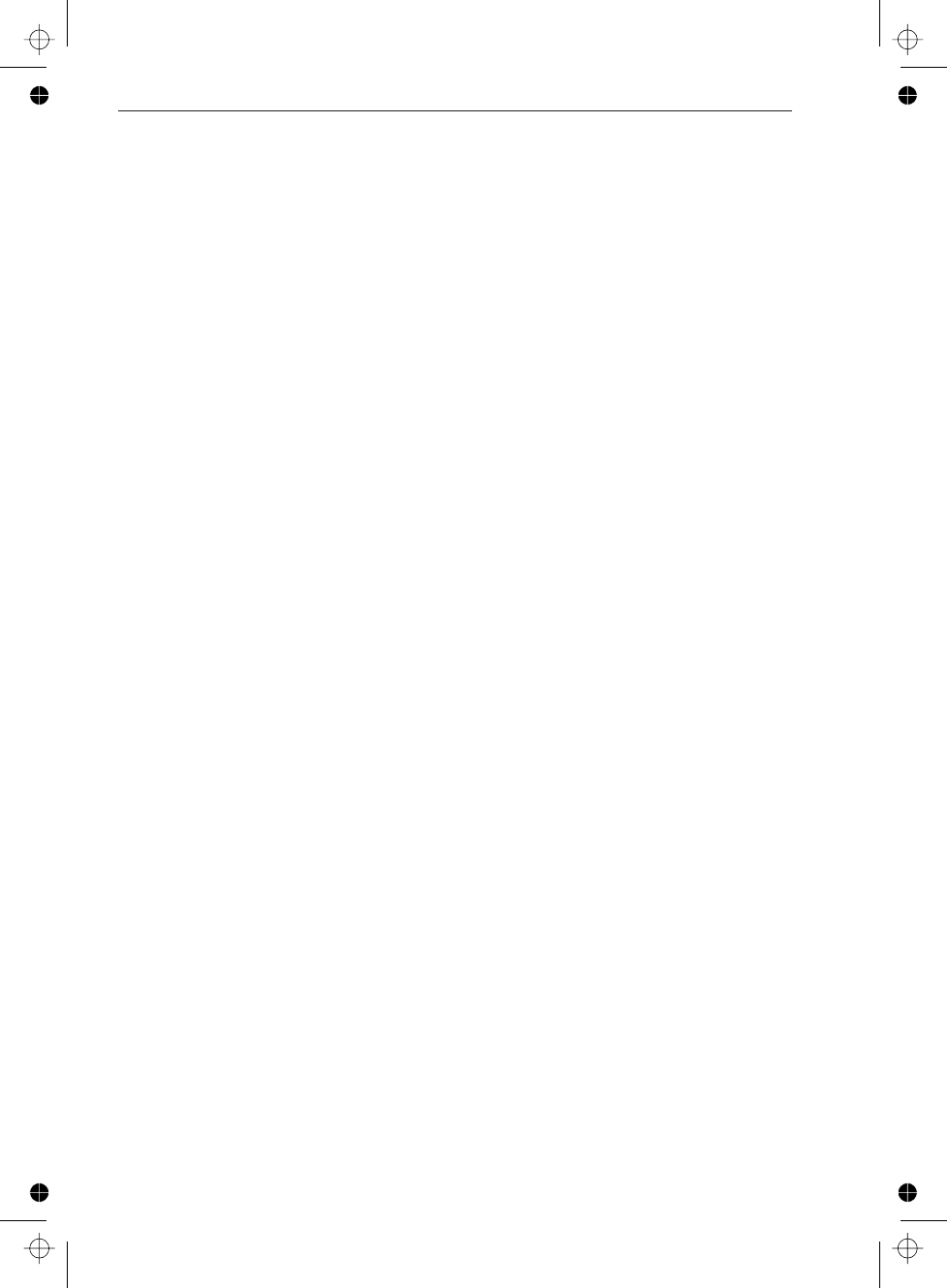
Introduction
The CNT-8X counters can complete a
measurement cycle in many different
ways, each with its own advantage. This
means that your first step is to select a ba
-
sic “measurement scenario” based on the
requirements of the measurement. This
chapter contains some measurement sce
-
narios that you can choose from.
These counters can measure with impres
-
sive speed if you program them correctly.
You will find guidelines for speed im
-
provements in each of the described mea
-
surement scenarios.
Controller Synchronization
The start of measurements can either be
individually or block synchronized by the
controller. The instrument-to-controller
synchronization deals with how to start a
measurement or sequence of measure-
ments and to read data in the most effi-
cient way. You can also synchronize the
measurement with the measuring object
more accurately by using external control
(arming), but this is not described here.
Measurement Cycle
Synchronization
It is a good practice to check that the
measurement proceeds as planned when
the controller has started a measurement,
or block of measurements.
n
Start
If the input signal fails, or there is no
arming etc., the measurement cycle will
not start.
Timeout
Turn on timeout and set the time longer
than the expected measurement cycle.
Then wait for the timeout period, and
take actions if you got timeout.
If the measurement time is long, you may
have to wait many seconds or even min
-
utes until timeout, just to learn that the
measurement never started.
Measurement started
Before starting a measurement, set up the
status reporting system so that you get a
Service Request on Measure
-
ment-in-progress, bit 4 in the Operation
Status Event Register. Check this with se-
rial poll after a reasonable time when the
measurement ought to be started, lets say
after 100ms (time dependent on input sig-
nal frequency). If the bit is true, continue.
If false, abort the measurement and check
the signals, alert the operator etc.
n
Stop
You must also know when the measure-
ment is completed in order to read out the
results. Should you read results or send
other commands before the measurement
is completed, the measurement will be in
-
terrupted.
You can of course let the controller wait
until you are absolutely certain that the
result is ready, before you fetch it. But it
is better to use *OPC to get an Operation
Complete status message, or *OPC? to
get an ASCii “1” in the output queue,
when the measurement is ready.
*OPC and *OPC? are common com
-
mands described on page 9-124 and
9-125.
7-2 Introduction
How to Measure Fast


















